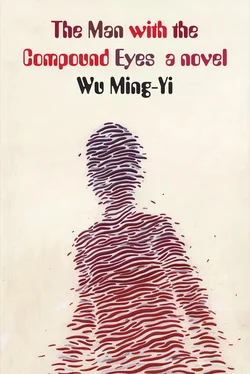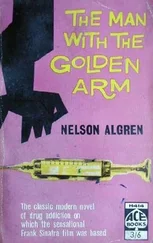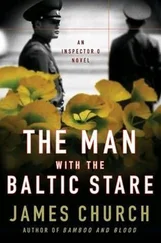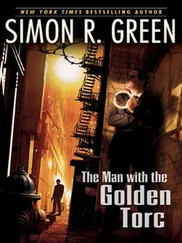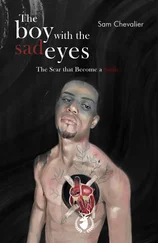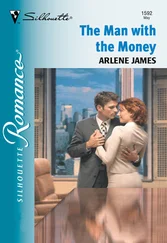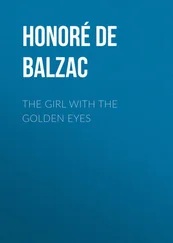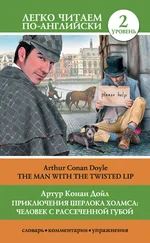Alice had spent a long time researching a local writer named Kee and become close friends with his much younger wife. Kee’s second wife fell in love with him during an interview (but that’s a story for another day). She had short hair, spoke slowly and liked to wear sandals. Though not exactly beautiful, she had a certain fresh quality. She was especially fond of the fiction of Paul Auster. Love causes people to make strange judgments, including to try to rise above sex across a thirty-year age gap and the difficulties involved in any marriage. People who thought they were having a platonic affair were shocked when the old fellow divorced his wife to marry her. Friends thought that either Kee would end up leaving behind a young widow and a pile of manuscripts or his second wife would eventually get tired of living in seclusion with the old man and awaken from the literary spell he had cast on her. Nobody guessed that Kee’s young wife would leave the world one step ahead of him.
Kee’s wife was swept away by a huge wave that appeared out of nowhere one day when they were at the beach for a walk. Reportedly, there had been a fairly powerful deep sea earthquake the previous day, resulting in a localized tidal wave. Kee was in the temporary public washroom put up by the local tourist bureau when the water sloshed in and flooded the place up to knee level. He looked out the window only to see his young wife on the distant strand get tripped up by the sudden wave and taken silently away.
Because there were no eyewitnesses, the police closed the case after an investigation of nearly two weeks, concluding it was an accident. They never expected that Kee would commit suicide the next day, and in a manner that was at once nothing special and highly unusual. He had sealed the doors and windows and started burning his manuscripts and letters. He succumbed due to inhalation of the smoke and fumes of his own writing.
Kee’s only son Wenyang was indignant when his father left his mother for a much younger woman. They had a falling-out, and Wenyang took his mother to Taipei to run a sporting goods business. Wenyang and Alice had a discussion after his father’s death, and he decided to sell off the estate.
“I don’t want anything, not the house, not the land. Professor Shih, all decisions concerning the publication of the collected works are at your discretion. Just as long as the royalties and the proceeds of the sale of the house are transferred to my mother.” He left the writer’s ex-wife’s account with Alice. Actually disposing of Kee’s library would be the easy part. She just had to convince the university to assign an office for it. A real estate agent could sell the house in Haven, and Alice herself had fallen in love with the wooded shoreline lot where Kee occasionally went but on which he had only built a tiny thatched cottage. She transferred all the money in her “faculty rate” bank account to Kee’s ex-wife.
That is how Alice got the chance to read the diary entry Kee had made the day before he committed suicide. In the entry, he described the appearance of the wave: “At first sight it wasn’t just a wave crashing in so much as the sea itself surging up, silently and suddenly. Before I got a good look at it, it had returned whence it came. It did not make any sound. It merely confiscated a few things. That’s all it did.”
Thom was away in Chamonix on an international winter expedition to Mont Blanc the whole time. He suddenly turned up in the kitchen of their residence one morning several weeks later and started making breakfast.
“Hi.”
“Hi.”
“Bacon omelette with onions?”
“Sure.” Alice was used to reunions like this. She pretended she didn’t mind, enraged at herself for being so weak. Thom told her about his adventure while they were eating. This time he had almost gone snow blind. (She suspected that he had taken off his snow goggles on purpose to pay homage to Michel-Gabriel Paccard, who became the first man to climb Mont Blanc in 1786. Thom was always replicating the “near-death experiences” of adventurers like Paccard). Alice started to segue toward the topic of home architecture.
“So when are you going to take me to Chamonix?”
“Anytime you want.”
“Are the houses nice?”
“Only you are fit to live in the houses I saw there.”
“Do you still remember the Summer House?” She cut to the chase.
“Sure. A charming little cabin.” He lightly kissed the ketchup away from the edge of her mouth.
“I want to build a house like that.”
“You do?”
“I’ve bought some land.”
“You’ve bought some land? You mean you’ve bought a piece of land to build a house on?”
The land was quite close to the ocean, by a coastal copse. The shoreline here was rocky for the most part, with only a thin layer of topsoil. Although it was registered as farmland, you would not be able to grow much. Alice read through Kee’s manuscripts, still no wiser as to why he had bought this property in the first place. Standing at the edge of the lot, Thom started letting his steps guide him toward the sea. Then he tore off his clothes and jumped in naked. It was like he had been separated from a lover for too long and needed to give her a big hug and some sweet loving to celebrate the reunion. Standing mutely in the middle of the lot, Alice watched his curly sandy locks bob up and down in the water, like a keepsake she might lose at any time. He came back up on shore, gave her a big kiss, and said: “Let’s build a house like the Summer House.”
Thom borrowed a stack of architecture books from the library and started doing research. He almost never went climbing. Alice had total faith in him. Though he was no genius he had drive, and could finish anything he started if he was willing to put his heart into it. But could she really keep a man like this?
Thom said, “The exterior can be like the Summer House, but the whole concept has to be different. I want to build a house that suits these surroundings.” He rotated the house slightly. The side of Asplund’s Summer House that had faced a Scandinavian fjord now faced the Pacific Ocean, but at a thirty-degree angle in order to deflect the stiff ocean breeze. Also, sunlight reflecting directly off the water might bother people instead of creating the kind of comfortable atmosphere that would make them want to take their time getting out of bed in the morning, and a thirty-degree turn would illuminate every corner of the house, affording ample but not glaring light. Thom raised the ceiling in the attic of the right-hand cabin by a meter so that the window would have a full view of the Pacific.
Listening to Thom’s explanation, Alice started imagining herself writing at the window. She said she wanted to call it the Sea Window. Thom also explained the rationale for keeping the little cross passages between the cabins in Asplund’s original design: each would be granted a certain semidetached independence while maintaining a friendly rapport. “You’ll live in the right-hand cabin. The one on the left will be mine. I’ve moved it back slightly so I’ll have a view of the sea, too.” That sense of distance appealed to her.
For the main cabin, Thom put various plants inside and out, so when you looked in from the outside you’d see a charming tropical living room. Rather sneakily, Thom went and stayed in all the B&Bs up and down the coast. With total self-confidence, he reported back to Alice, “I think many people who build houses don’t understand that people ‘live’ in their houses. Particularly in Taiwan, where you have people building places just to serve as B&Bs, because most guests will only ‘stay for a night.’ A house you really live in for ten or twenty years is different. I want to build a home we can live in for a long, long time.” This last declaration made Alice fall madly in love with him all over again.
Читать дальше
